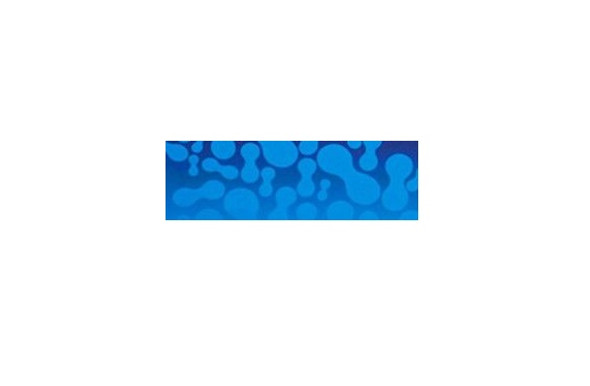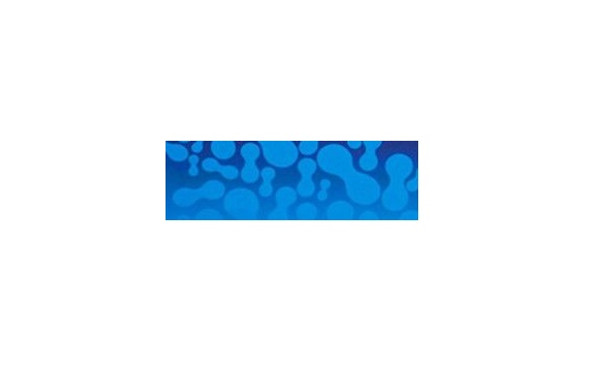Description
Recombinant Mouse CD53 Protein (aa 107-181, His Tag) | PKSM040523 | Gentaur US, UK & Europe Disrtribition
Synonyms: AI323659;Ox-44;Tspan25
Active Protein: N/A
Activity: A DNA sequence encoding the mouse CD53 (Q61451) (Glu107-Asn181) was expressed with a polyhistidine tag at the N-terminus.
Protein Construction: A DNA sequence encoding the mouse CD53 (Q61451) (Glu107-Asn181) was expressed with a polyhistidine tag at the N-terminus.
Fusion Tag: N-His
Species: Mouse
Expressed Host: HEK293 Cells
Shipping: This product is provided as lyophilized powder which is shipped with ice packs.
Purity: > 90 % as determined by reducing SDS-PAGE.
Endotoxin: < 1.0 EU per μg of the protein as determined by the LAL method.
Stability and Storage: Generally, lyophilized proteins are stable for up to 12 months when stored at -20 to -80℃. Reconstituted protein solution can be stored at 4-8℃ for 2-7 days. Aliquots of reconstituted samples are stable at < -20℃ for 3 months.
Molecular Mass: 10.6 kDa
Formulation: Lyophilized from sterile PBS, pH 7.4
Reconstitution: Please refer to the printed manual for detailed information.
Background: CD53 is a member of the transmembrane 4 superfamily, also called the tetraspanin family. Most of these members are cell-surface proteins that are characterized by the presence of four hydrophobic domains. These proteins mediate signal transduction events that play a role in the regulation of cell development, activation, growth and motility. CD53 is a cell surface glycoprotein that is known to complex with integrins. Familial deficiency of CD53 gene has been linked to an immunodeficiency associated with recurrent infectious diseases caused by bacteria, fungi and viruses. CD53 contributes to the transduction of CD2-generated signals in T cells and natural killer cells and has been suggested to play a role in growth regulation.
Research Area: N/A






